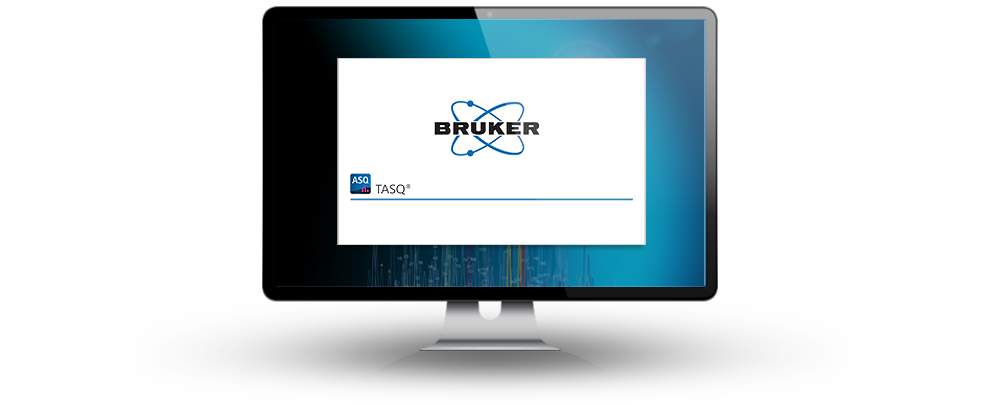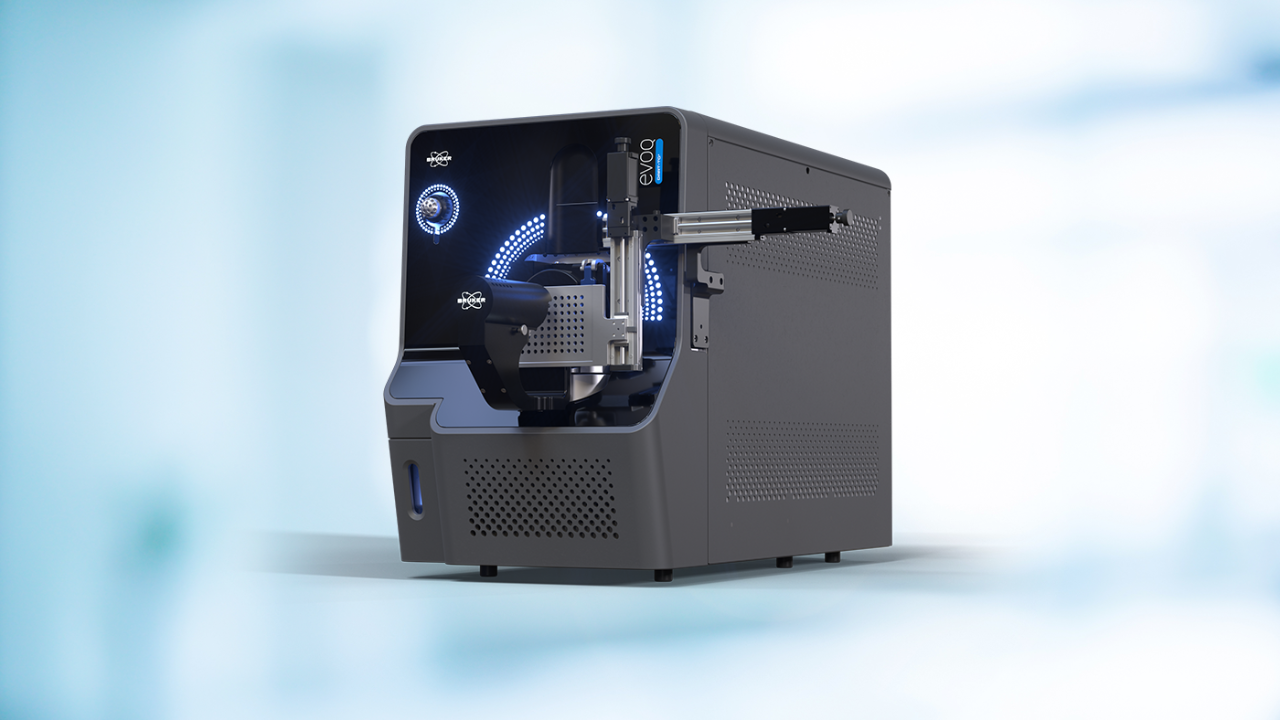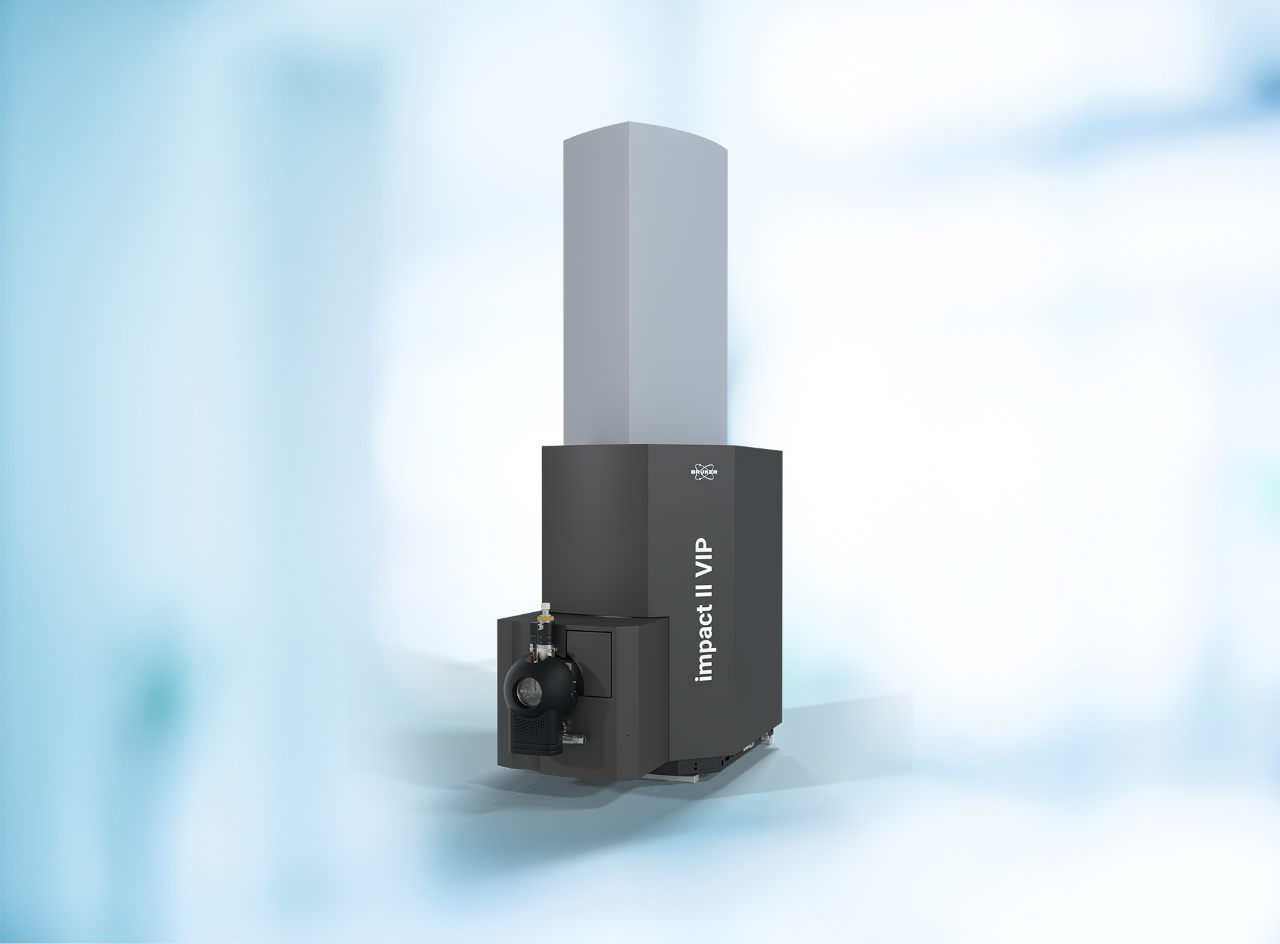TASQ® Software
Screen to Quant
Simple to use


Rapid in-depth data analysis and mining
TASQ® addresses all customer needs in target screening and quantitation applications
TASQ® provides a turnkey data acquisition and analysis solution for screening, confirming and/or quantifying hundreds of compounds in a single analysis. Various quantification approaches are supported as batch workflows or for interactive evaluation:
- Multi-point calibration
- Legacy calibration analyses current samples against old calibration curves
- Single-point calibration, ideal for rapid pass/fail threshold analysis
- Standard addition procedure
- Surrogate calibration
TASQ® covers a full automation workflow from setting up and starting the acquisition of sample batches, the processing of the acquired data and the result generation for hundreds of target compounds including report generation and LIMS export.
TASQ® enables quantification and screening of Triple Quadrupole (TQ), QTOF and timsTOF mass spectrometry data with uniform user and automation workflows. Optionally UV data can be used for quantification.
TASQ® supports screening and quantification of compounds exploiting ion mobility on the Bruker timsTOF instrument line. Ion mobility can separate target compounds from complex matrix signals and the highly reproducible collisional cross section (CCS) acts as further identification criterion along with accurate mass, isotopic pattern, qualifier ions and retention
time to provide the highest confidence in compound identification and quantification.
Confidence in the finding of compounds is increased by lately added library search functionality. MS/MS spectra acquired by autoMS/MS (TOF), bbCID, PASEF, prm-PASEF® (timsTOF) are retrieved and submitted to a library search.
Supports data integration across multiple instruments
TASQ® supports data from various instrument lines including Triple Quadrupole, QTOF and timsTOF mass spectrometers. Screening and quantification can be applied for various types of chromatography instruments.
TASQ® minimizes false positive and false negative results by exploiting the unique features of Bruker instruments for accurate analysis
- High resolution, accurate mass
- Stable retention times
- True Isotopic Pattern
- Accurate, reproducible and rapid qualifier ion generation
- Library search of found compounds
- The visualization of the unique MRSQCL scoring speeds up overall data inspection and reduces review time
- Provides greater confidence and more samples per unit time
Highly resolved and reproducible Ion Mobility values
TASQ® now supports accurate screening and quantification of compounds exploiting ion mobility on the Bruker timsTOF instrument. Ion mobility can separate target compounds from complex matrix signals and the highly reproducible collisional cross section (CCS) acts as a further identification criterion along with accurate mass, isotopic pattern, qualifier ions and retention time. This additional identification step increases confidence in results.
The versatility of TASQ® software supports a range of operations in applied markets
Although there are commonalities in the analysis of food, environmental and toxicology samples, the matrices can differ substantially between different samples.
In all cases, the analysis is complex and must follow strict regulations. The preset review parameters of TASQ® enable the software to handle the complexities of different systems with full regulatory compliance, in an easy-to-use package with clear reporting of results.
Supporting quality in the food industry
The versatility of TASQ® supports a wide range of applications in the food industry, where the product under analysis could range from a clear beverage, to a wheat sample. TASQ®, often as part of the Bruker TargetScreener solution, supports strict quality controls to determine food safety, quality, residual chemical content, such as pesticides, and region of origin.
Meeting environmental regulations
In the environmental sector different substances ranging from drinking water and wastewater to contaminated soil require testing.
The versatility of TASQ® can be used in multiple MS platforms, enabling dioxin analysis through an integrated solution that uses Triple Quad, QTOF and timsTOF technology. The TASQ® software facilitates data acquisition and analysis, and makes it easy to switch between plaforms for optimal results.
Delivering forensic and toxicology solutions
In the field of toxicology and forensics, the matrix is challenging and can range from any kind of body fluid or a pharmaceutical tablet. Applications range from toxicology quantification in a clinical enviroment or a post-mortem forensic analysis in a laboratory.
Supported by the reference database, the TASQ® software provides a failsafe screening tool. The software can also be linked to Bruker‘s MetaboScape® to identify an unknown workflow.
For Research Use Only. Not for use in clinical diagnostic procedures.


